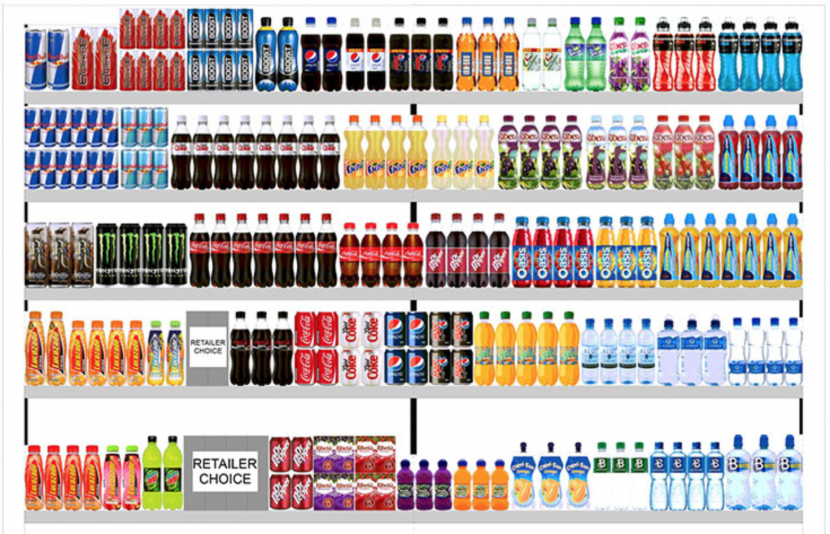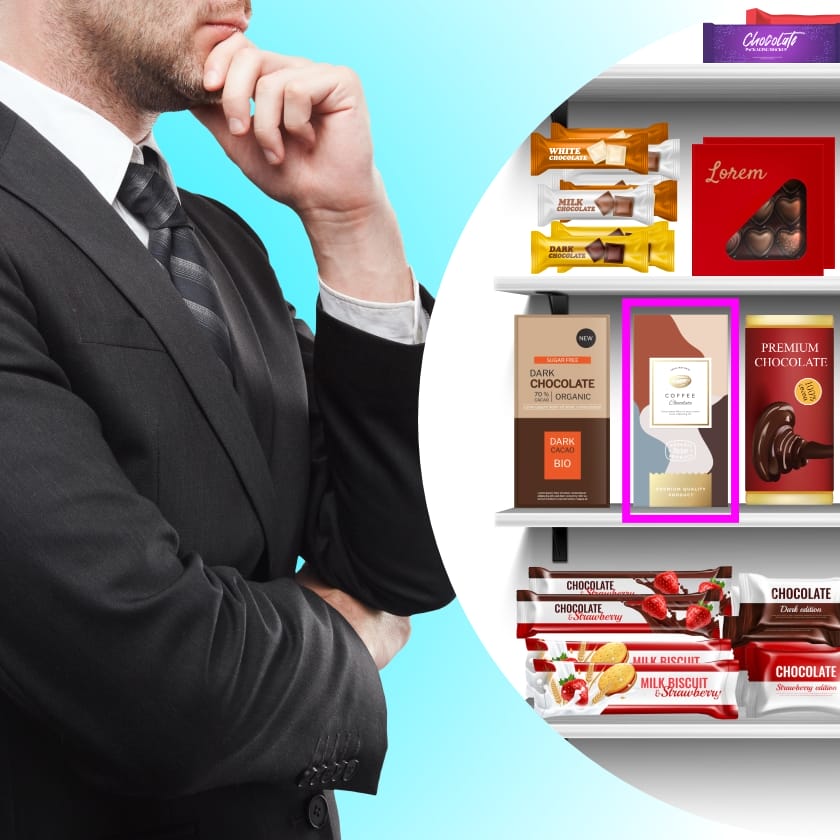

SmartDraw makes creating a planogram easy with built-in templates and symbols you can drag-and-drop onto your layout. For example, you'll often find sugary kid-centric cereals on the bottom shelves while healthy, high-fiber ones will be placed higher. Why Display Grocery Products with Planograms.

Managers and workers can save a tremendous amount of time by creating planograms. However, a grocery store planogram eliminates the guesswork. Their lower level placement may even make it easier for children to grab products to add to their parents' carts. Placing a product correctly is fairly intuitive for brick-and-mortar retailers. Product facings on shelves can be calculated to understand the number of products to be supplied or not, to avoid over and under stocking issues. However, products on the bottom shelf may be eye-level for children. Important planogram features for the retail industry are as follows: Planogram helps in proper product planning and placement on retail shelves. Products placed at eye-level may sell better than products placed on the bottom shelf. Store checks are where theory meets reality on the shelves of every retail store you currently team with, as well as those you hope to team with in the future.

For example, stores will first group all bread-like products in the same aisle and then will often place peanut butter, jelly and other condiments in the same place to help remind shoppers to stock up on those items at the same time. Making a planogram is a delicate balance of logical organization such as grouping items in the same category and taking advantage of consumer behavior and psychology to expose them to new or highly profitable products, and increasing sales by using cross-selling techniques and triggering impulse buy behaviors.


 0 kommentar(er)
0 kommentar(er)
